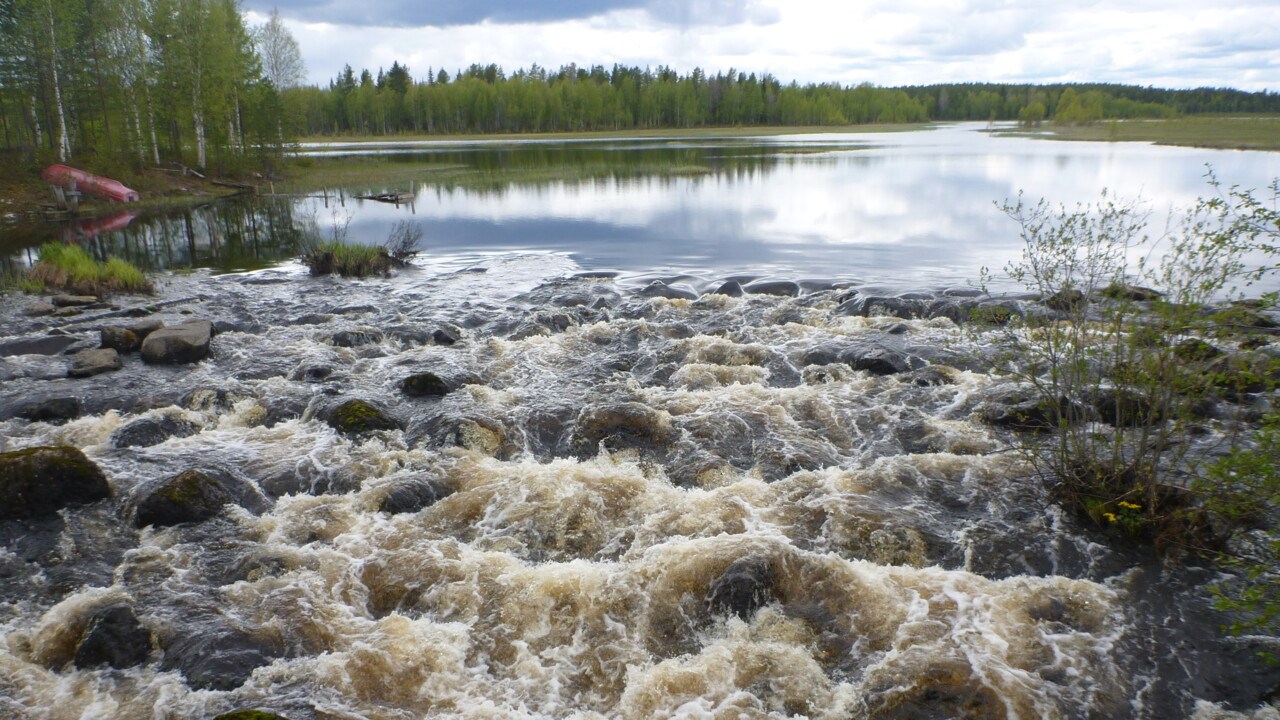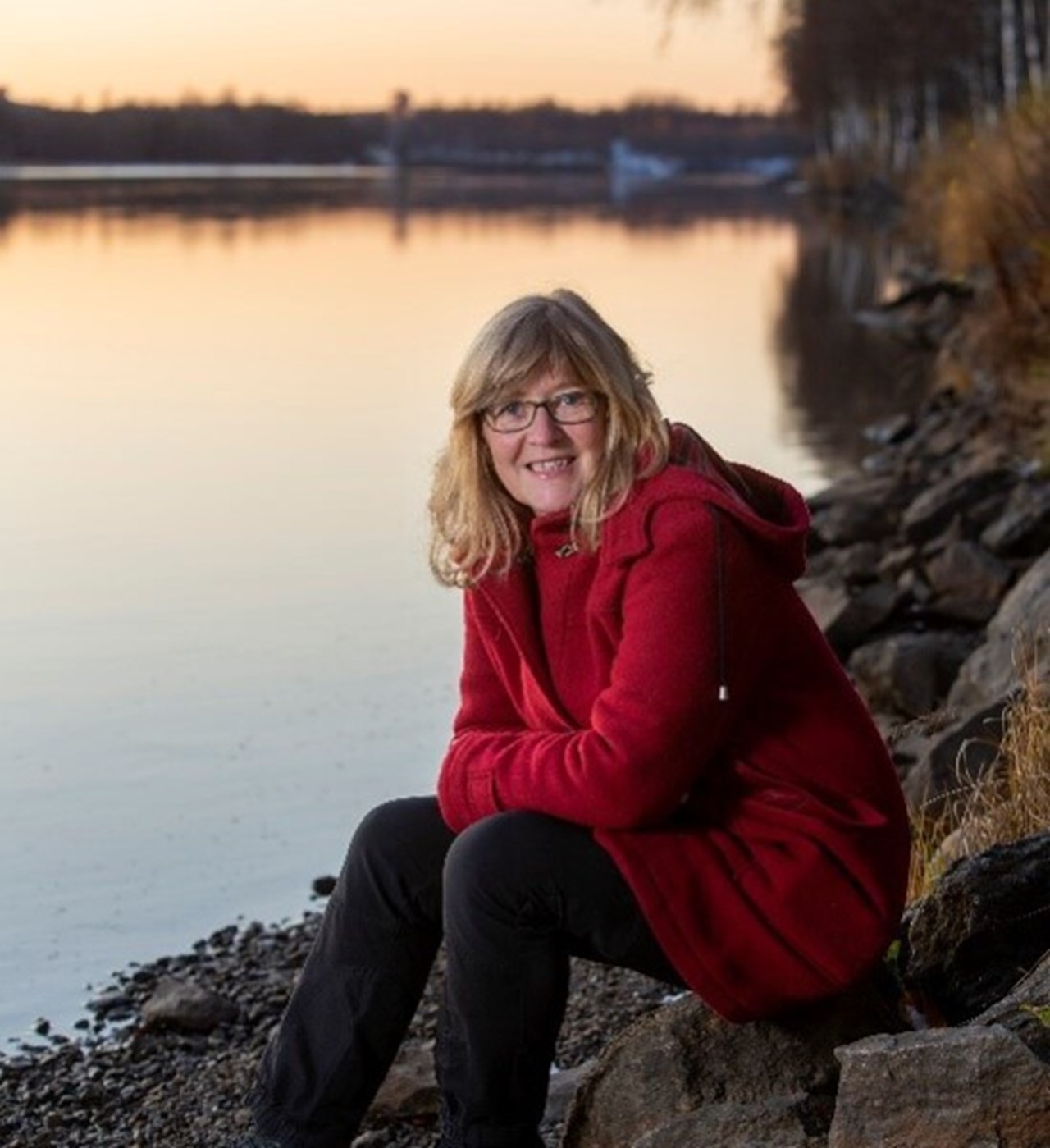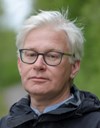About the scientific article:
Widén, Å., Malm Renöfält, B., Degerman, E., Wisaeus, D., och Jansson, R.: Environmental flow scenarios for a regulated river system: projecting catchment-wide ecosystem benefits and consequences for hydroelectric production. Water Resources Research. Volume 58. 1:2022.




